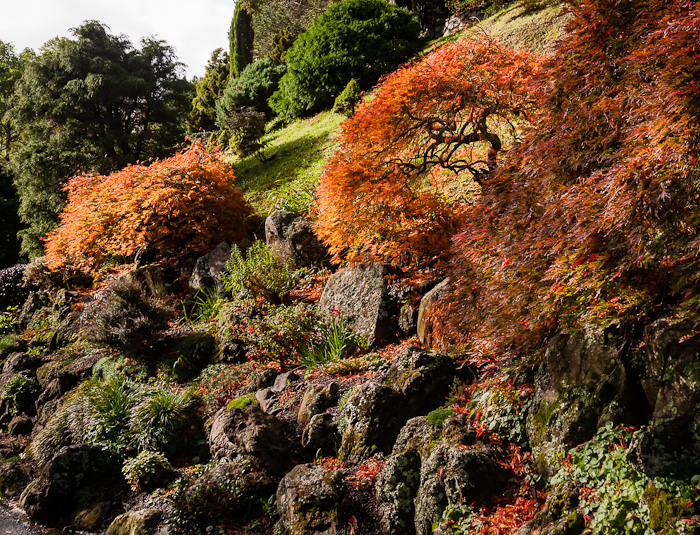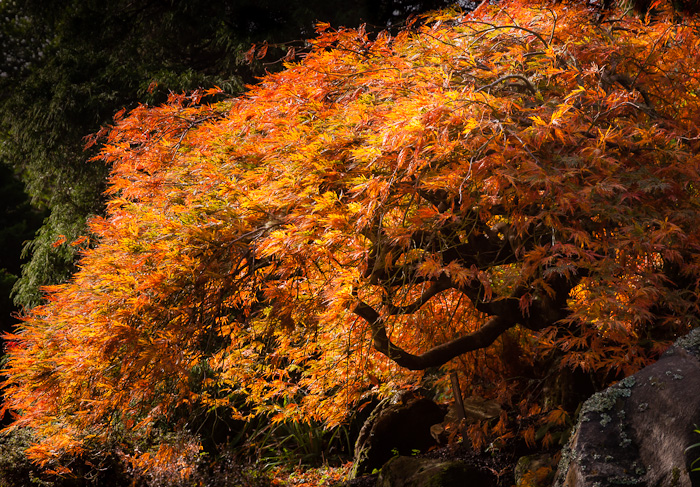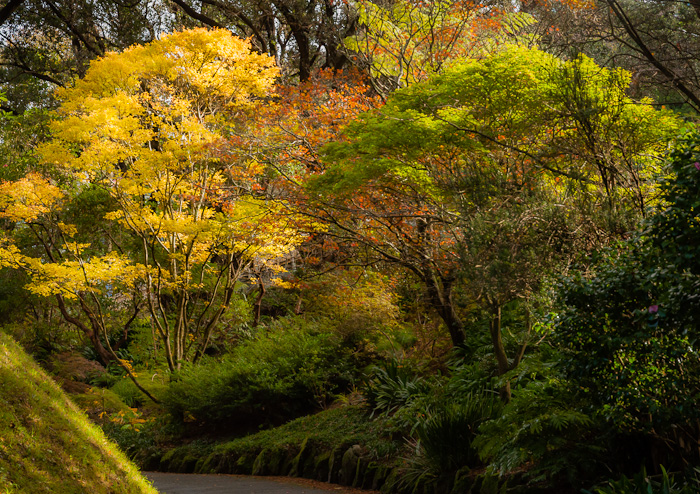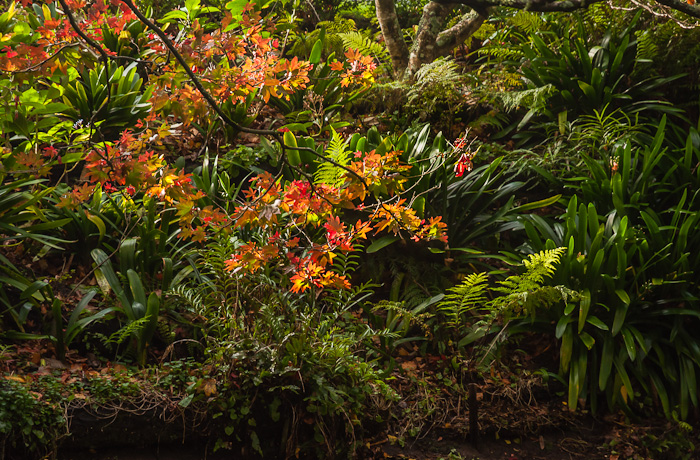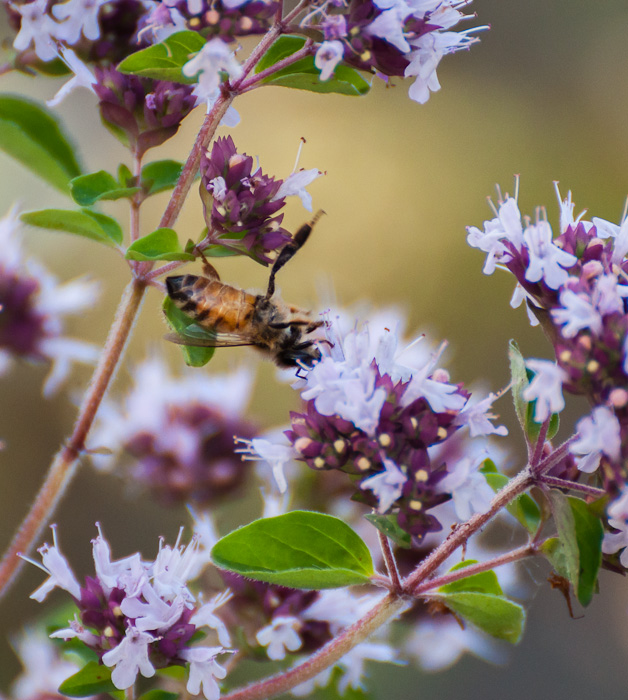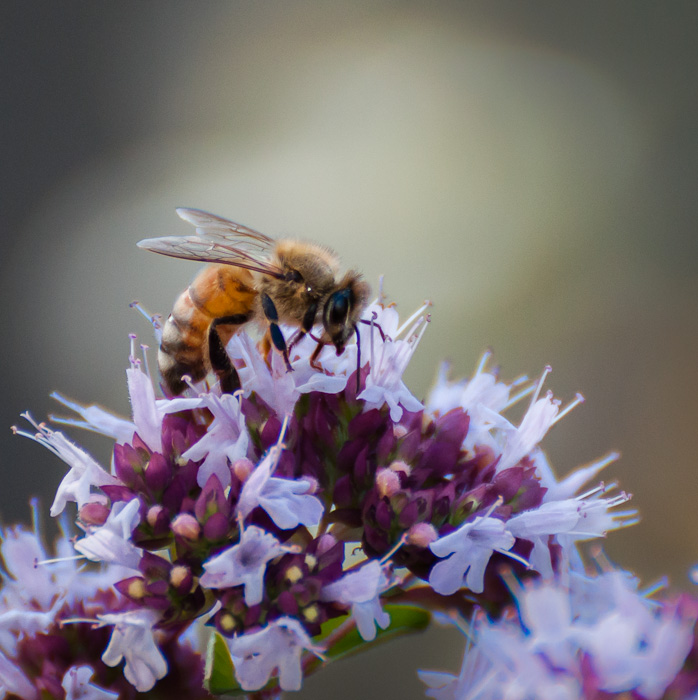The weather has been grey and cold outside - very wintry although it is a week or two away from official winter. On a windowsill, though, little white flowers more reminiscent of spring are emerging.
These wee daffodils are either a white form of Narcissus romieuxii, which flowers in winter and is therefore more likely, or they are a white form of Narcissus bulbocodium.
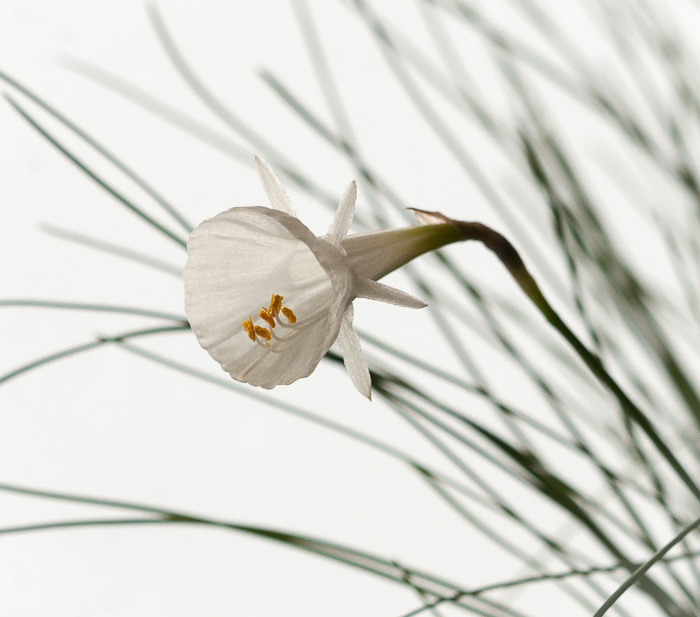
I have lost track of which of my little hoop petticoat daffodil bulbs are which, and it seems I haven't mastered the art of tending Narcissus bulbocodium - the bright yellow spring flowering ones have never appeared for me. But whichever one these are, they are happy in a little quite shallow container which fits neatly on a kitchen windowsill and gives me lots of unexpected pleasure. The flowers are almost white and when you look closely there is a delicate sparkle on the inner surface of the trumpets.
Long may these little frosty flowers light up the wintry days.
